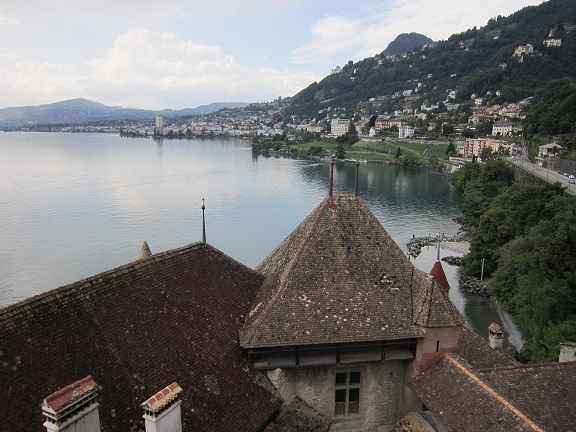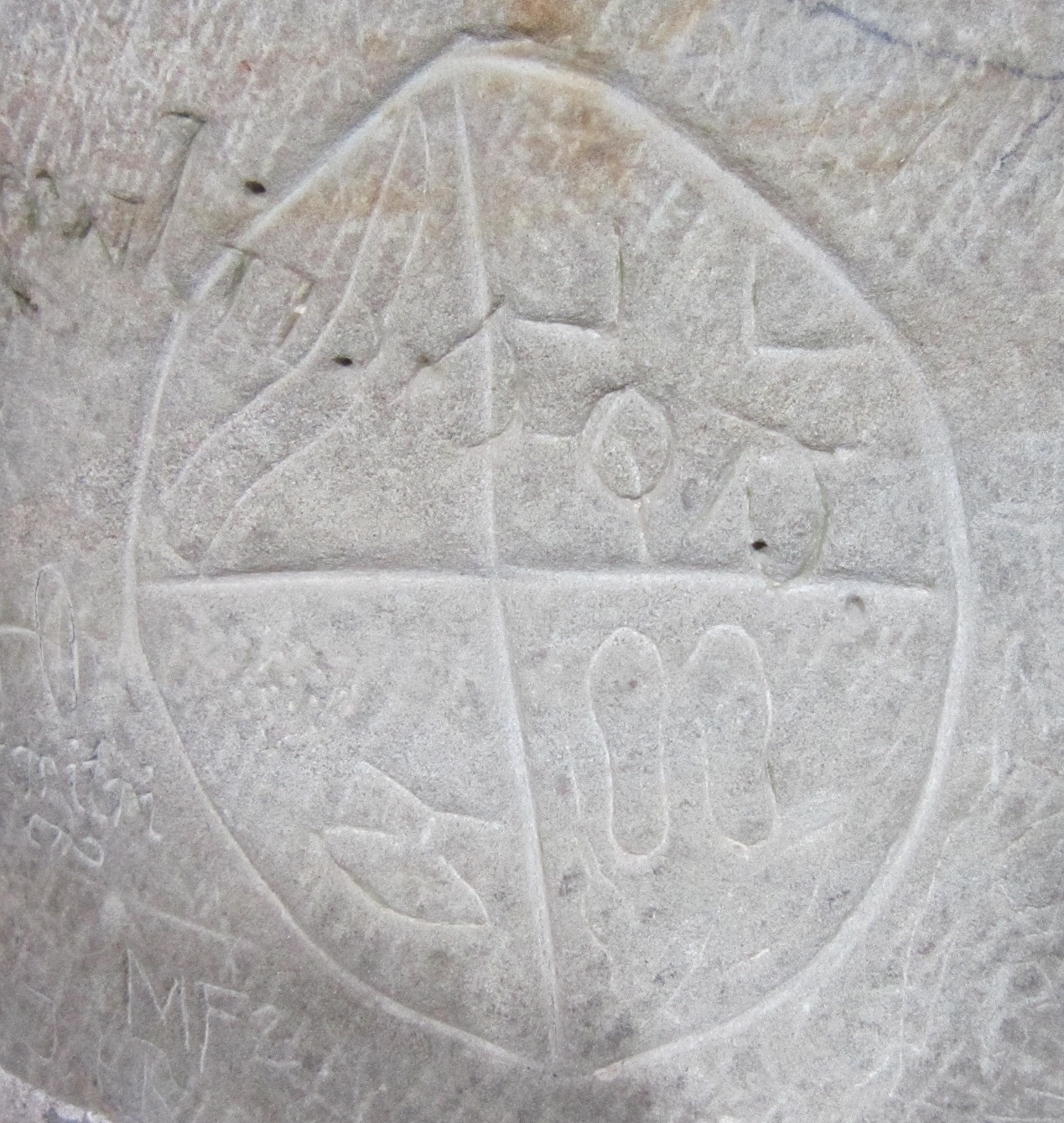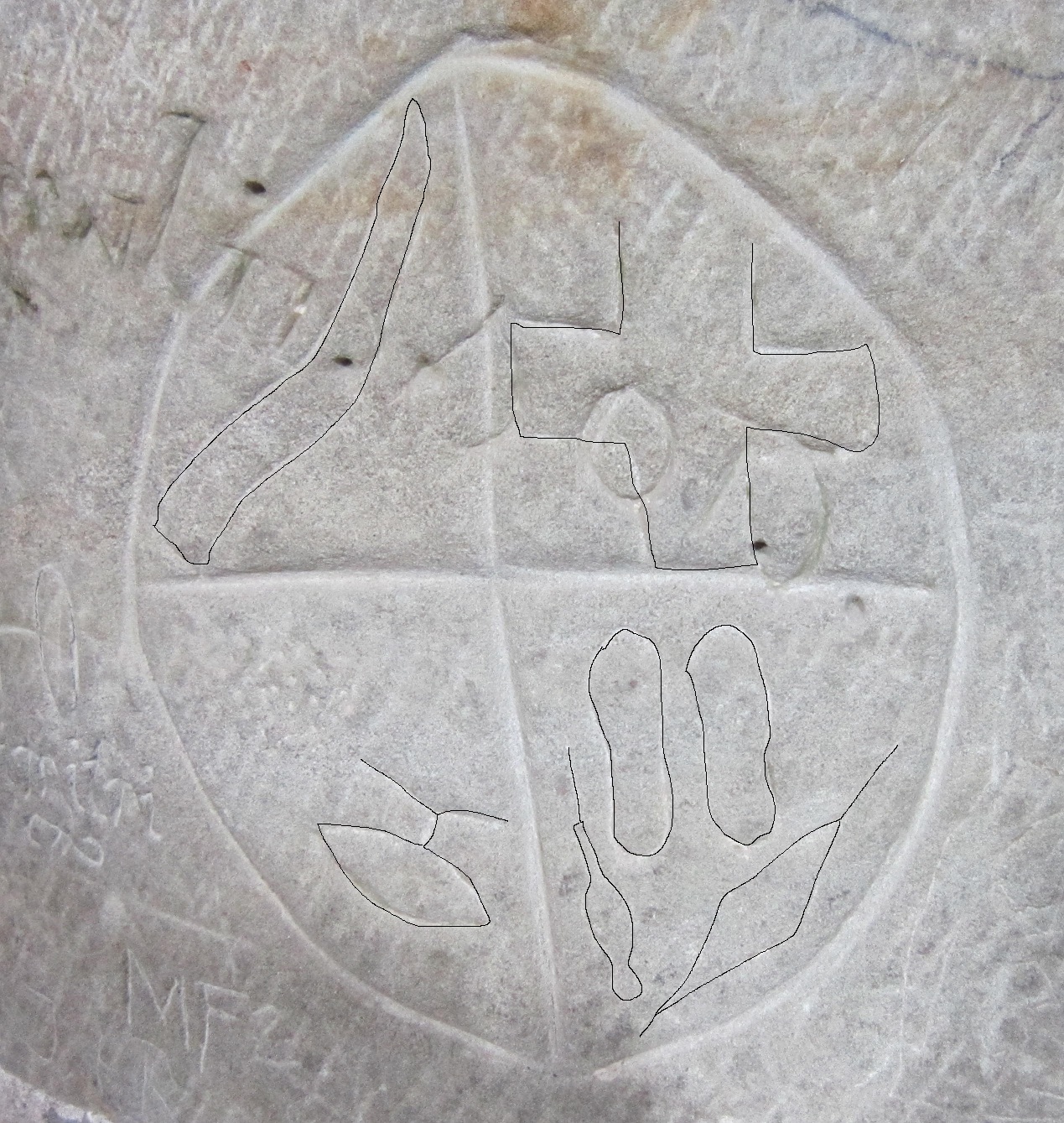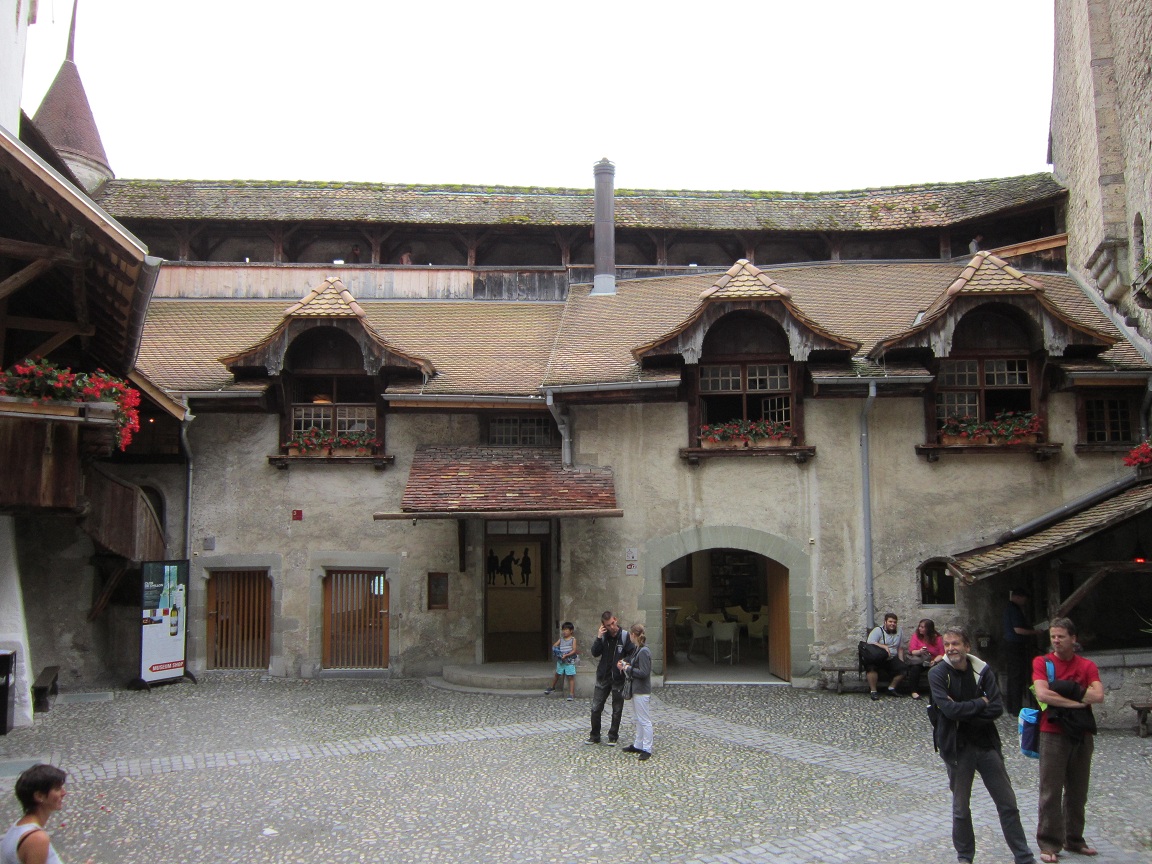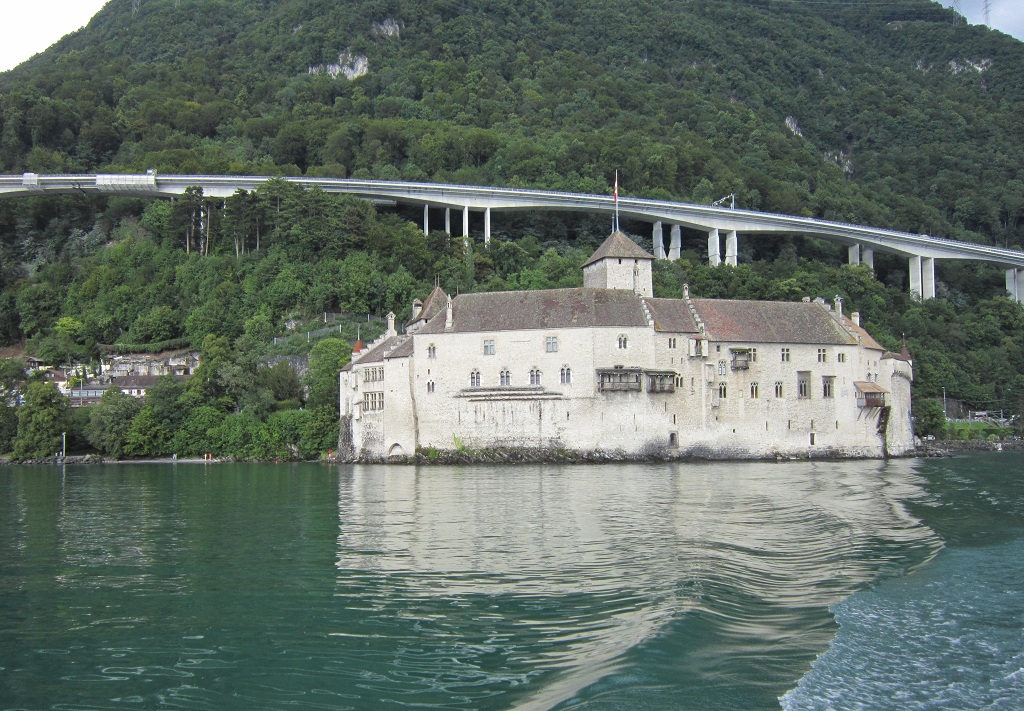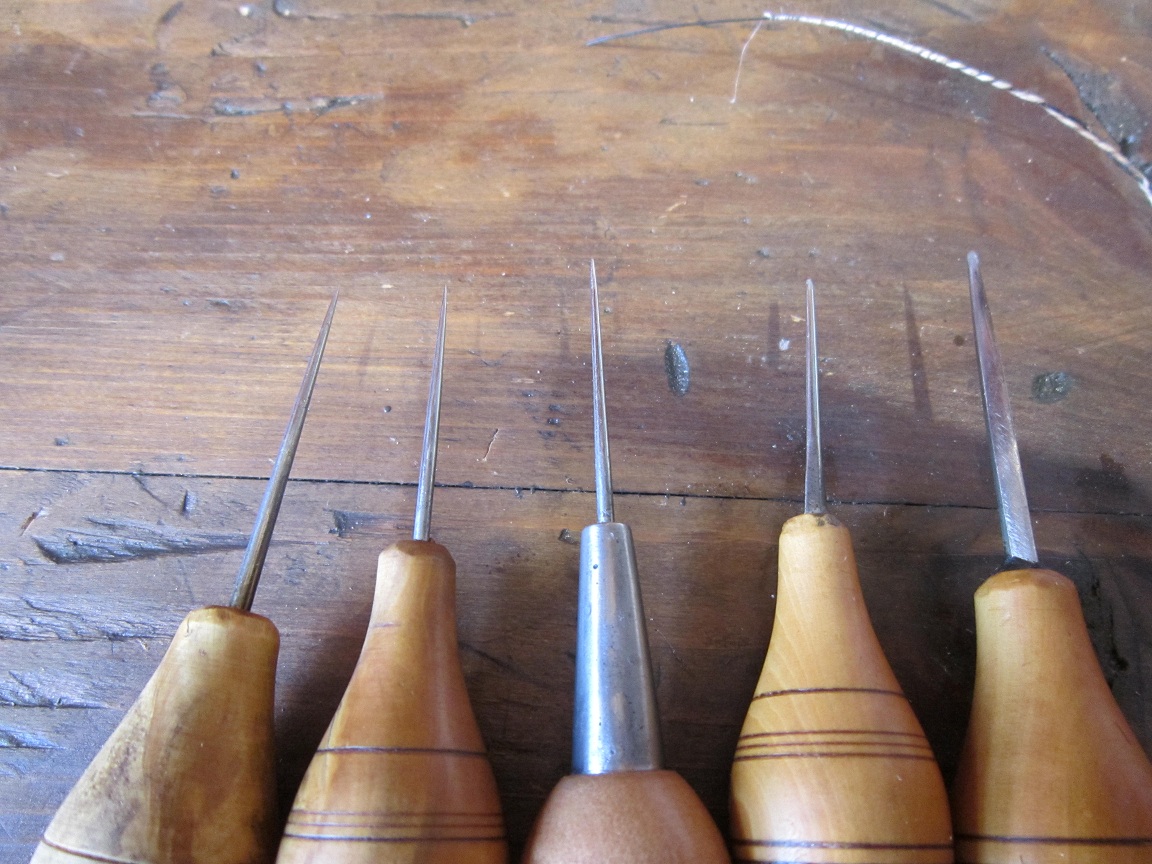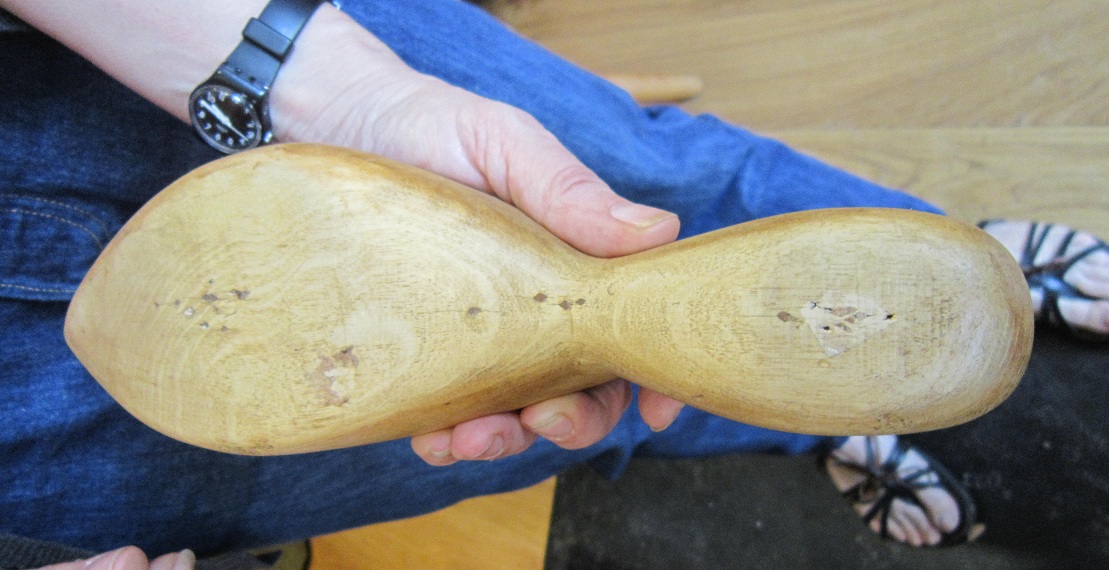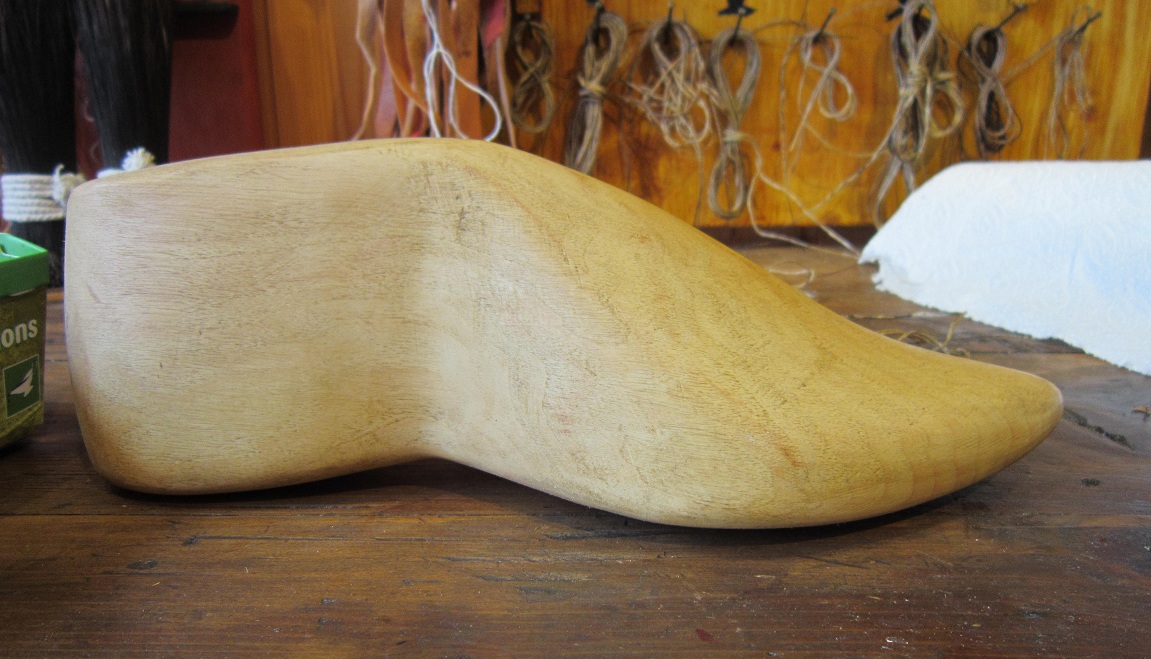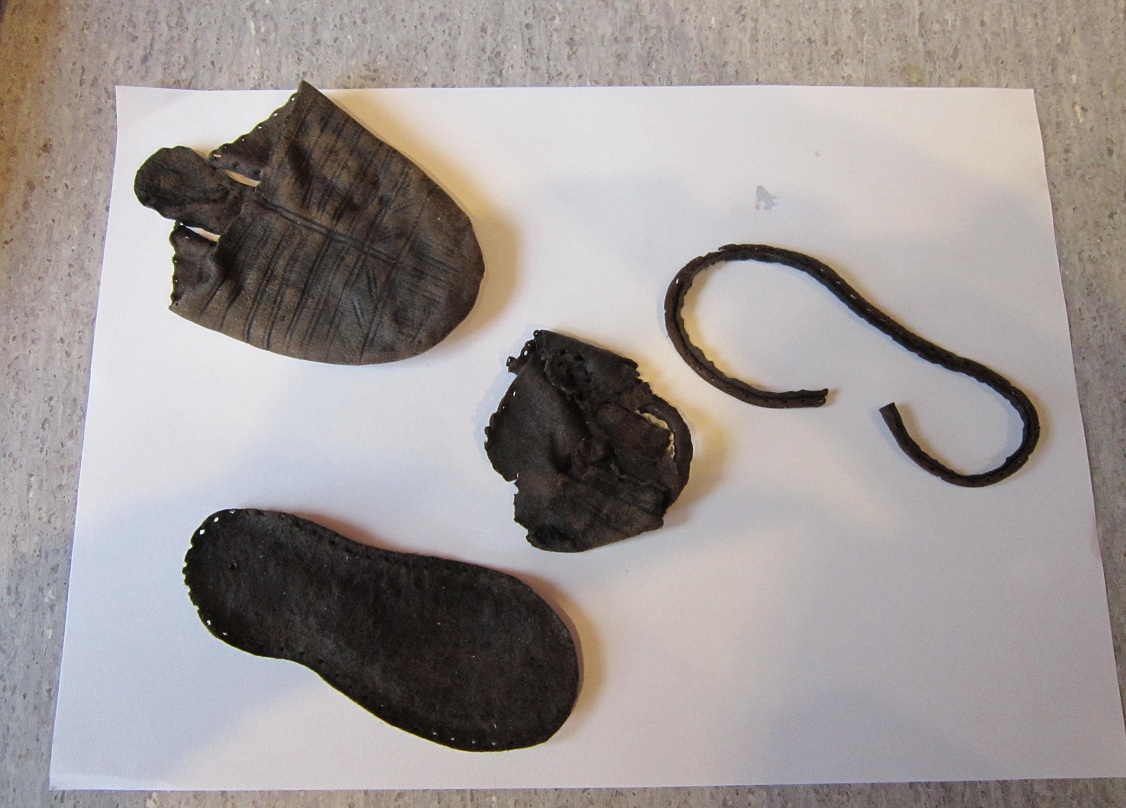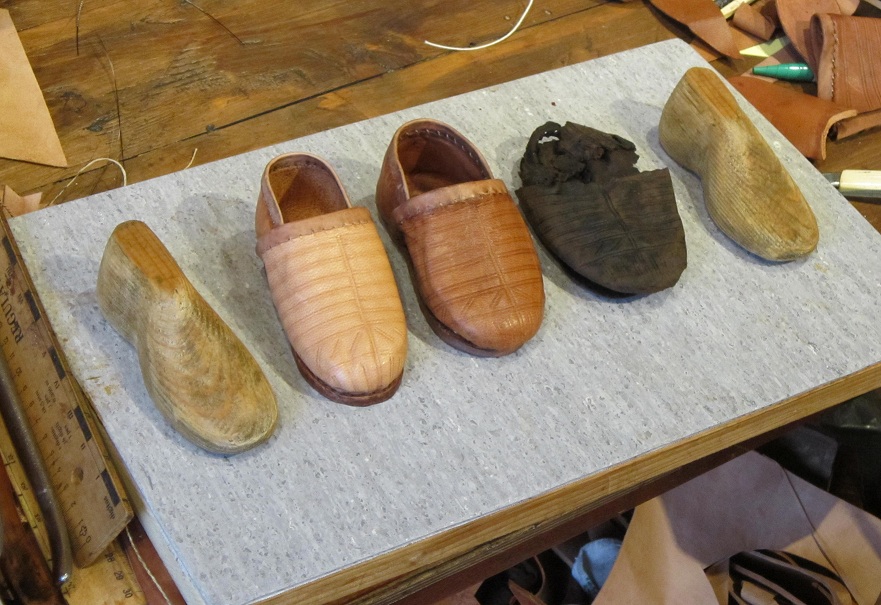If you saw the first half of my Europe trip, then you will recall that I was in Munich for business, but had the opportunity to do some exploring and visit some museums while I was there. As it turned out, I had some vacation time coming up, so I decided to stay in Europe a bit longer. And, coincidentally, Dr. Marquita Volken, of the Musee de la Chaussure in Lausanne, Switzerland (the Museum of the Shoe) had recently published a manuscript, “Archeological Footwear: Development of Shoe Patterns and Styles from Prehistory til the 1600s.” On a lark, I looked up how far away Lausanne was from Munich – only about 330 miles! That’s about the same distance from San Francisco to Los Angeles! I was sold – I booked a train and routed my return flight through Zurich instead of Munich. And, after my last day of work, I found myself on the train headed for the beautiful city of Lausanne, Switzerland.
The very day I arrived, I was already in shoemaker heaven – I met up with Dr. Volken, her fantastic husband (also Dr. Volken), and their charming daughter, and travelled together to the Chateau de Chillon, probably one of the most fantastically preserved chateaux in the area.
They had heard that there was an inscription on one of the pillars, and also thought it would be a good idea to take me on a tour of Chillon, and I could not help but jump at the opportunity. Speaking of the etchings, here they are – I’ve taken the liberty to outline the images on the right. They seem to depict a shoemaker’s knife, a Swiss Cross, a round knife, and in the lower right, a shoemaker’s awl, a pair of lasts, and a spool of thread.
Chillon itself is fantastic, and plenty of eye-catching pieces of art and material culture lie within it. In fact, there is even a gorgeous great hall which can often be used by re-creation groups to have a feast – don’t think I hadn’t considered getting a bunch of friends over there!
We took a boat on the way back to Lausanne to get a better view of the countryside, and passed by some interesting sights, including a statue of Freddie Mercury of Queen fame. But, you didn’t come here to listen to me talk about rock legends – where are the shoes, already? Very good, granted!
Generally speaking, medieval shoemakers tended to use straight awls or rectuangular awls to do most of their work. The straight awls (the left three awls) could be used for both closing and inseaming, but the knife edge awls, with a slanted rectangular cross section (kind of like this /_/ ) could have been used for inseaming too.
Talking a little about lasts, there really is no evidence that a shoe was “lasted” in the manner common in the 17th and 18th centuries, that is, to stretch the leather around the form tightly using lasting pliers and then tacking the upper against the last to hold it in shape. In fact, this fits in neatly with my blog post on lasting pliers where I really don’t have any evidence for such pliers up until around 1640 (although there are plenty of pincers of the sort used by smiths that could probably have done the trick). For medieval lasts, many of them have pegs holding the insole in place while the inseaming operation occurs, much like the example that you see here.
Further, there is a very good reason why you would not want to tightly last a medieval turn-shoe. When a shoe is turned, you are to then pound the last back into to turned shoe to force the wet shoe to take its shape. In fact, there is an etching shown in “Archeological Footwear” (see this blog post) which shows a shoemaker using one last to pound another last into a turned shoe to take its shape. I tend to use a mallet, but the point is that if the shoe has been tugged and lasted, it is almost impossible to get the last back into the turned shoe. So, the shoe must needs be a bit loose on the last so that when turned, the last can be perfectly placed inside. Remember that the last is the customer’s foot – if the last cannot go back in the shoe, then the shoe is going to be too small for the customer! I mention this somewhat in the blog post mentioned earlier in this paragraph, so take a quick look there for more information.
Another thing to mention is the use of the welt in medieval shoes. It has puzzled some researchers as to the reason for the welt in the first place. It really won’t keep your shoes waterproof as has been suggested, and although it can perhaps relieve some stress on the seam during wear, it seems that the real reason for the medieval welt is to act as a sort of “sole extension,” so that the wearer does not walk on the upper. In this reproduction made by Dr. Volken, you can see how wide the welt is, and in some cases, the welt was even wider. This is consistent with pictorial evidence showing very waisted shoes and small soles, along with a large strip which appears to be a welt.
As part of my time in Lausanne, we thought it would be a good idea to execute a project to learn some specific hands-on techniques. I had the amazing opportunity to actually handle an extant 16th century shoe for a very small child, and take patterns from it to try and understand how the shoe had been constructed. It isn’t until you actually handle something like this yourself that you realize how delicate some of these pieces can be, and how hard it sometimes is to take a mass of water-logged and decayed leather bits and form an idea of how the shoe originally looked. And this was an easy one!
Dr. Volken whipped up a pair of baby lasts in no time, all using hand tools (it makes me want to get some tools appropriate to the task), and we each set out on making a reproduction pair. Needless to say, she finished before me, but hey – she’s been doing this over 20 years as part of her academic studies, and I’ve only been doing it 10 as an amateur. =) Still, I think I acquitted myself well enough – my piece is on the left, and her piece is on the right, next to the extant shoe. All things considered, there is something “real” about her piece that I do not have the right adjectives to describe. Looking at hers, it looks like a shoe that has been worn a few times, but mine seems “fresh out of the box.” Keep in mind that the shoemakers of old were doing this for a living – they didn’t have time to make every single stitch perfect, nor did it absolutely matter if every single binding stitch was hidden (in fact, there are many extant pieces where the stitching is very visible!). She also achieved a bit of “toe overhang,” common in many of the pieces of the mid and late 16th century.
All in all, a fantastic experience, and one that I would like to repeat to drill in some new techniques and reinforce some old ones, should I find myself out that way again. My sincerest thanks to the Doctors Volken for an absolutely brilliant experience full of insight and enjoyment!
